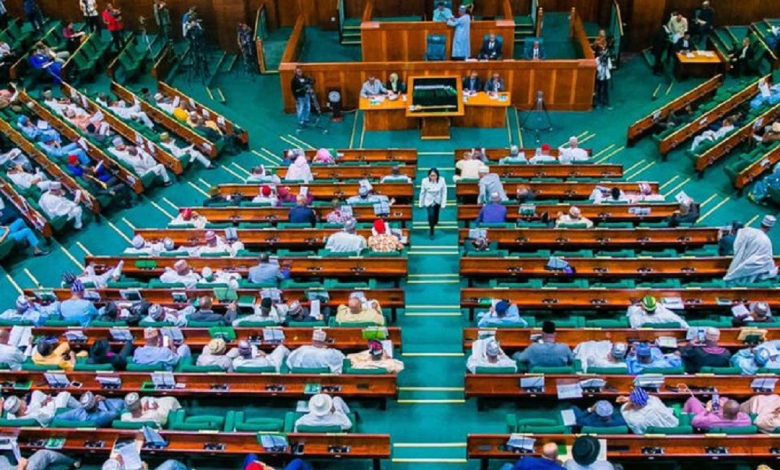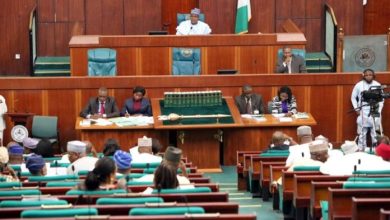NASS approves Tinubu’s $2.35bn external loan request

The National Assembly has approved President Bola Tinubu’s request to secure $2.347 billion from the international capital market to part-finance the 2025 budget deficit and refinance maturing Eurobonds.
In addition, the legislature approved the President’s proposal to issue a $500 million debut sovereign sukuk aimed at funding infrastructure projects and diversifying Nigeria’s financing sources.
The approval followed careful consideration of reports from both the Senate and House committees on aids, loans, and debt management.
In the House of Representatives, the Committee on Aids, Loans, and Debt Management, chaired by Hon. Abubakar Hassan Nalaraba, presented its report during plenary presided over by Speaker Tajudeen Abbas, which was subsequently adopted.
The lower chamber sanctioned the implementation of new external borrowing of N1,843,669,786,987.16, equivalent to $1,229,113,000 at the 2025 budget exchange rate of $1 to N1,500.
The funds are intended to partly cover the projected budget deficit of N9,276,348,934,935.79.
President Tinubu had emphasised that the external borrowing is grounded in sections 21(1) and 27(1) of the Debt Management Office (Establishment) Act, 2003, which stipulate that legislative approval is mandatory for new loans and refinancing arrangements.
He explained that the funds would be raised through one or a combination of instruments, including Eurobonds, loan syndications, or bridge financing facilities, depending on prevailing market conditions.
The approval is expected to provide critical support for the 2025 budget, enhance infrastructure financing, and ensure timely refinancing of maturing debt obligations.
It also reflected the administration’s commitment to leveraging international capital markets for strategic development projects and maintaining fiscal sustainability.
Observers said the National Assembly’s swift approval signaled strong legislative support for the executive’s debt management and budget implementation plans, and provides a framework for transparent and efficient utilization of borrowed funds.



